Expert’s Advice On Weaning A Baby
Becoming a parent is one of the biggest accomplishments and challenges in an individual’s life. Your whole life revolves around that little life you have just created. Everything revolves around the baby, and as parents, we give it all we have to make sure that the baby develops healthily.
One milestone in the baby’s life is of utmost concern for all parents. This is when the baby turns 6 months old and weaning is introduced. This refers to weaning the baby from breast or formula milk and to introduce solid foods. Although until 1 year of age, the main source of nutrition for the baby is breast milk (BM) or formula milk (FM), an introduction to solids is an important aspect to consider, as it will be the foundation for the baby’s upcoming years.
Types of Weaning
They say with time, things evolve and the same holds true in the way babies are fed solid food. There are two methods of weaning: the traditional weaning method and the baby-led weaning.
Traditional weaning refers to the introduction of pureed foods to the baby. He or she is slowly transitioned to semi-solids and then on to solid foods as its tolerance increases.
Baby-led weaning is a recent concept, in which the baby decides what and how much it wants to eat. The baby is given solid foods from the very beginning, either in the steamed or raw form along with soft fruits. The baby will pick up the food themselves and eat or play with it as per their preference.
Readiness for Weaning
Whichever method a parent chooses to feed solids to the baby, there are certain signs or signals that need to be checked first. These are called the signs of readiness for introduction of solids to the baby.
- Age: The baby is 6 months or 180 days old. Before the completion of 6 months, the baby should be exclusively breastfed or formula-fed.
- Posture and balance: The baby can sit unassisted or in a tripod position with good head and neck balance or control. This ensures that the baby does not choke on solid foods once ingested.
- Loss of tongue thrust: Tongue thrust is the way a baby pushes everything outside the mouth. You can check for loss of tongue thrust by putting an empty spoon in its mouth. If the baby pushes it out, do not start on solids.
- Hand-mouth coordination: There should be hand to mouth coordination, as in being able to pick up items and to put it into his or her mouth. This is important, if you are planning to practice baby-led weaning.
Vitamin and Minerals of Interest
Till one year of age, the main source of nutrients for a baby is breast milk or formula milk. But it is advisable to include foods rich in iron and calcium as well, for its growth. Most paediatricians prescribe iron supplements for the baby. As a parent, you need to ensure that you are including all seasonal varieties of fruits and vegetables into the baby’s diet along with a proper amount of cereals and pulses. Milk is not advisable to be fed until one year of age, but preparations which include milk as an ingredient can be given.
What Foods to Introduce and How to do that?
Normal foods which are not known allergens can be given together in puree form (traditional weaning) or as daily pot (baby-led weaning), but these known allergens should be gradually introduced one by one. Common allergens include wheat, dairy, nuts and seeds, eggs, and fish and seafood. Always ensure to give one at a time and wait for 2 – 3 days before introducing the next one. It is best to introduce these allergens in the first half of the day.
How Many Meals a Day?
It is advisable to start with just one meal a day, and then to add one more meal or snack as the baby grows older. For example, one meal a day, when a baby is 6 months old; two meals or one meal + one snack a day, when the baby is 7 months old and so on. This pattern is followed to ensure that the baby does not become full with solid foods, and also to ensure that his or her breast milk or formula milk intake is not affected.
What about Water?
2 – 3 spoons of water should be given as a rinse after a meal. A baby’s stomach gets full very quickly. If too much water is given, there will be no place for any real nutrition. Its hydration can be maintained via breast milk or formula milk.
Precautions
Introduction to solids is a fun learning experiment for the baby. They get to know about various textures and tastes of foods apart from the breast milk or formula milk. But, there are few pointers to keep in mind, when you are planning to wean your baby.
- Ensure that the food is prepared hygienically and the utensils are washed and cleaned thoroughly. Also, wash fruits thoroughly before giving it to the baby.
- In baby-led weaning, start with soft fruits and boil the vegetables to a soft consistency before you offer it to the baby, to avoid any choking hazards.
- Finger foods should be cut to the appropriate size before feeding. Small-sized foods (pomegranate, raisins, pistachio, almond, grapes and cashews) can be a choking hazard. So, avoid them until the baby is 9 – 10 months old and is well accustomed to chewing food before gulping it down. Fruits with seeds should be given after removing the seeds (e.g. plums and peaches).
- Avoid adding salt or sugar to the baby’s food until one year of age. Salt is difficult for its kidneys to filter and sugar can affect the teeth. Both salt and sugar will also mask the natural taste of food.
- The baby should not be given honey till he or she is one year old, to avoid the risk of getting infant botulism, as honey contains a bacteria called Clostridium botulinum.
- Read and learn about the difference between gagging and choking, as you will see the baby gagging on food quite often during the initial introduction to solid foods. This gets better with each passing day.
- Avoid distraction feeding or force-feeding. Babies are well aware of their satiety signals, so if he or she closes its lips tightly or turns its face away when you are feeding them, this means the baby is full. Respect a baby’s decision. Do not worry about how much food is going in, as their tummies are very small.
- Make sure the breast milk or formula milk intake is not dropping, as it is the main source of nutrition until the baby turns 1 year old. Feed the baby first, and then after 30 – 40 minutes, serve it some solid food.
- Have patience when you are trying the baby-led weaning method, as it will eat very less or nothing at all, but will play with the food instead. That is their way of learning and you should let them be.
Nowadays, parents choose either traditional weaning or baby-led weaning or a combination of both, where they feed certain pureed foods with a spoon and give finger foods to the baby to eat on their own. Whichever way you choose, make sure you and your little one enjoy this time together. Meal times should be relaxing and fun. Avoid watching TV, using cell phones, or engaging in fights or disputes during this time. Sit with the baby and eat together as the baby watches and observes everything and learns accordingly. These types of practices that the baby learns in its childhood go a long way in their overall development.
For more details and guidance related to pregnancy, weaning, lactation or fertility, you are welcome to join our Pregnancy and Beyond Support groups on Facebook and Instagram.
|
From a pimple to cancer, our You Care Wellness Program helps you find a way Talk to our integrative team of experts today 18001020253 |


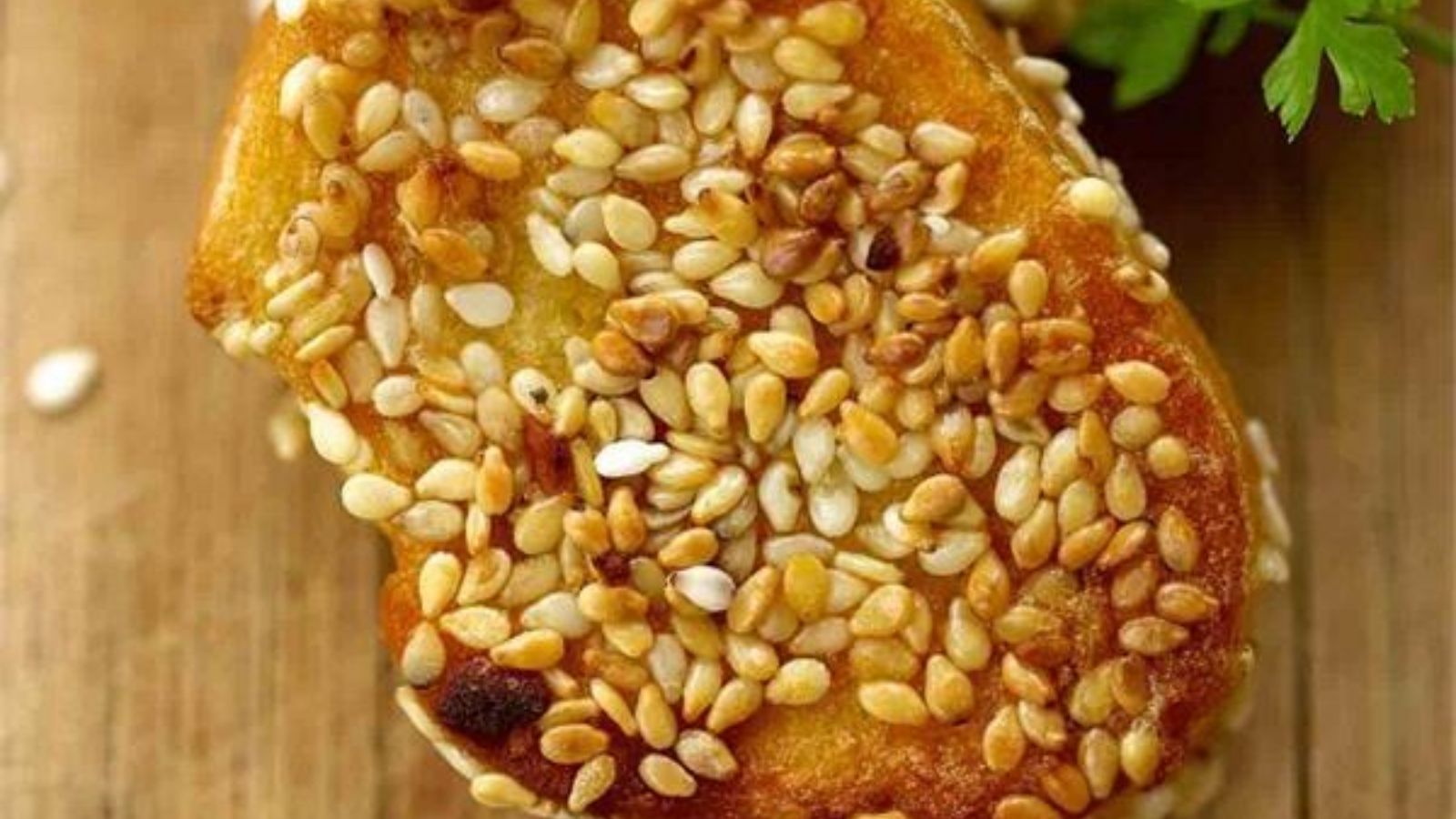
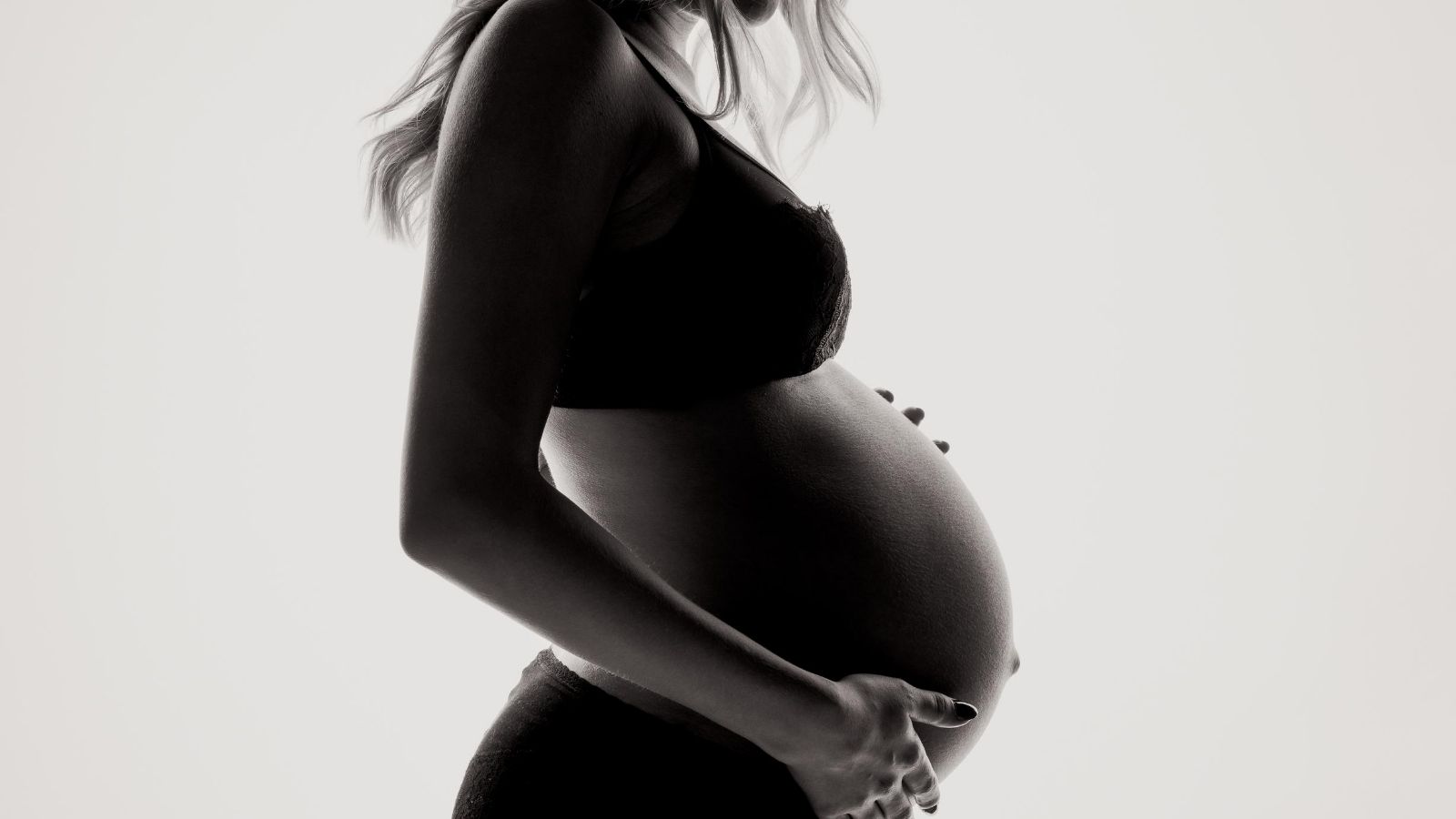
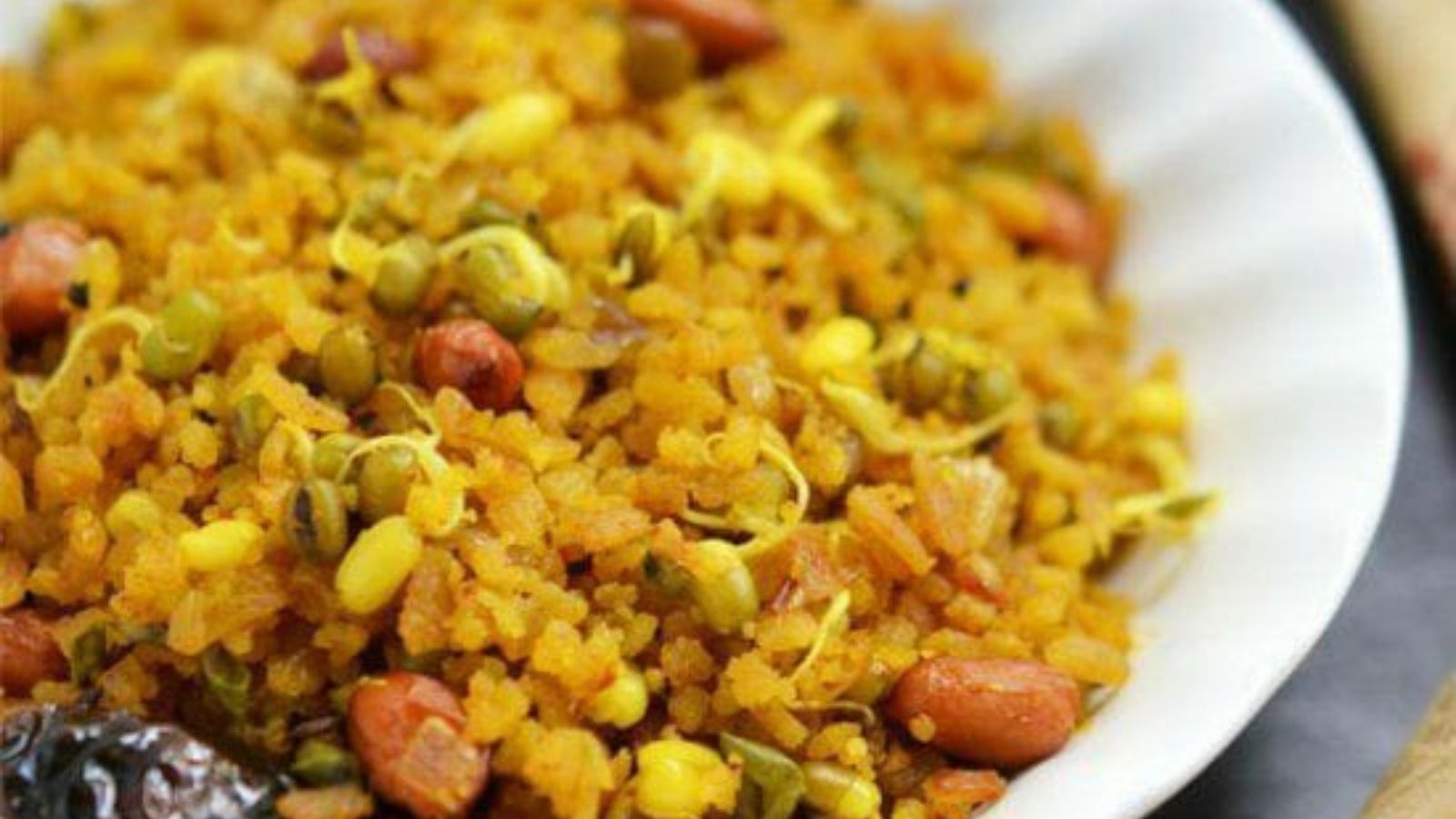
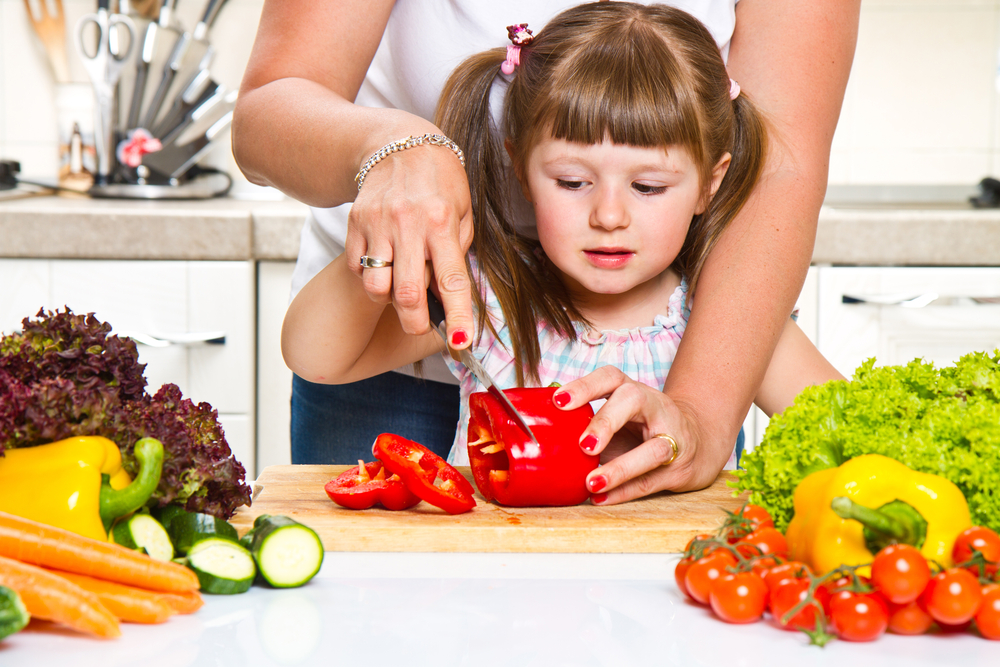
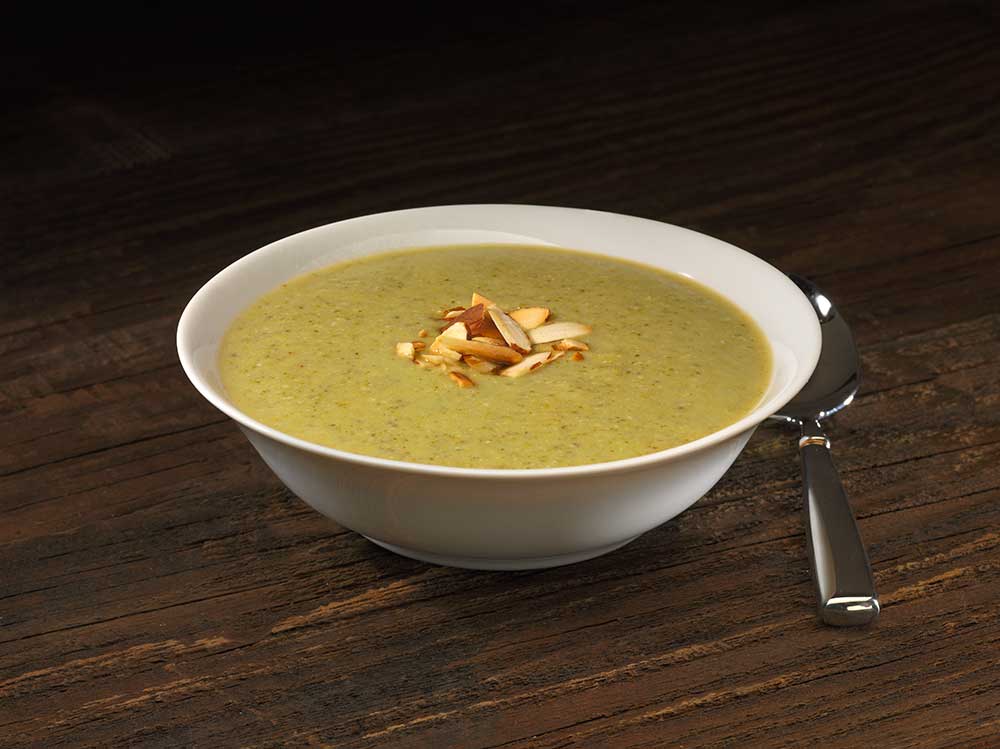

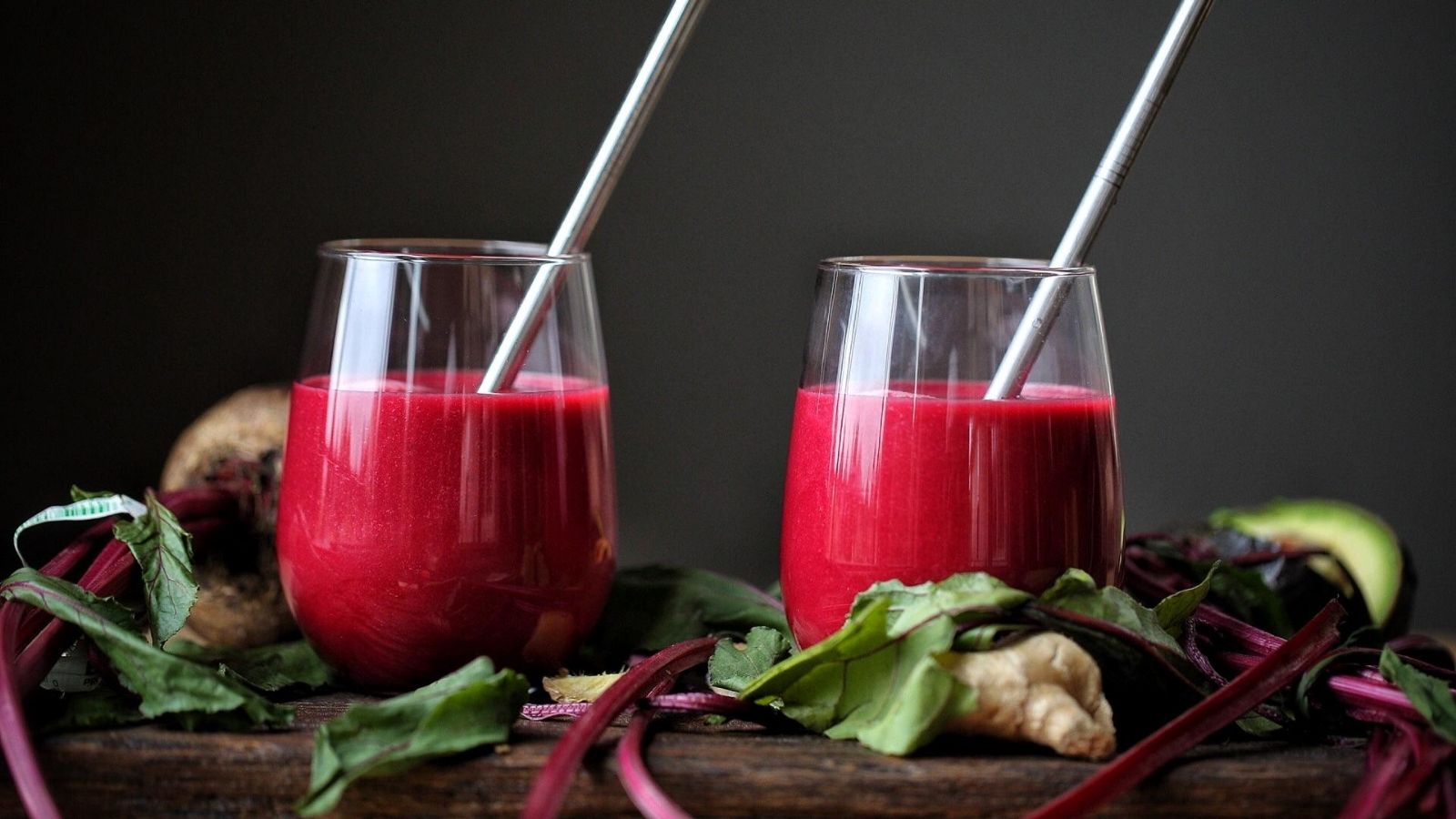
Leave a Reply